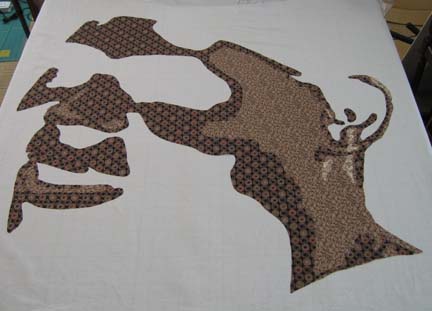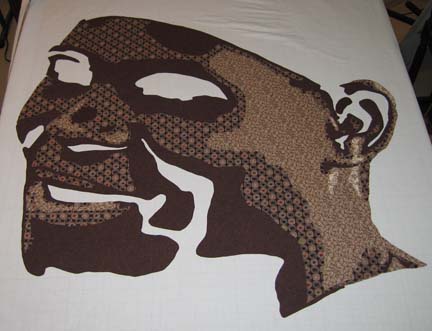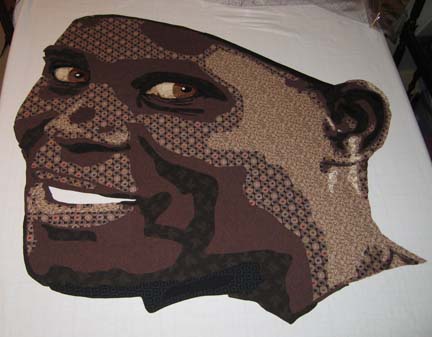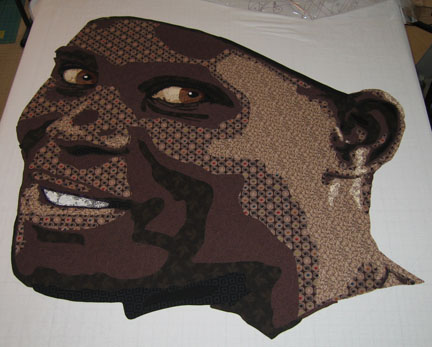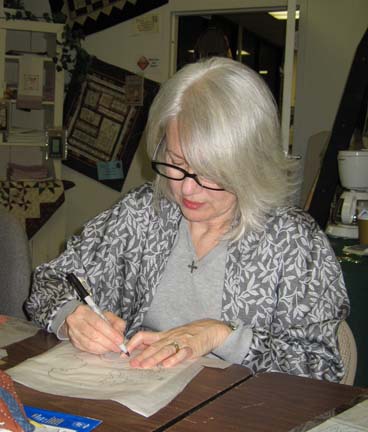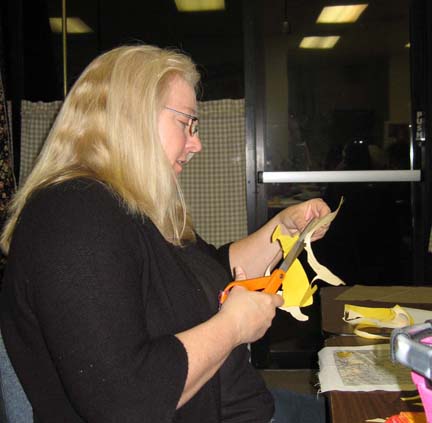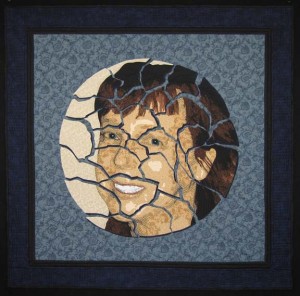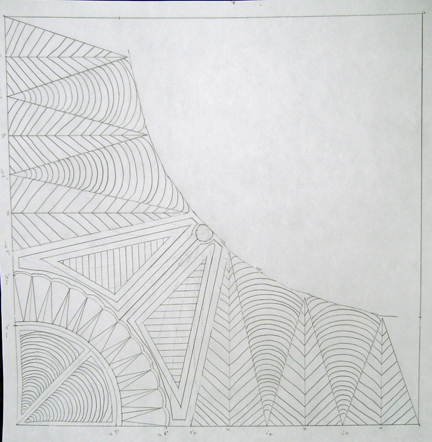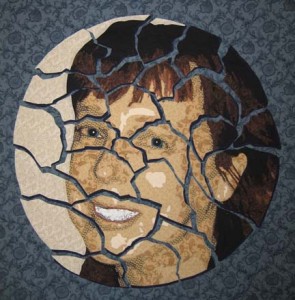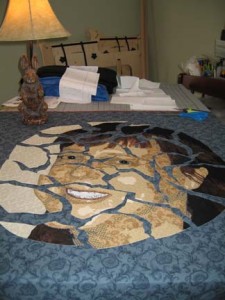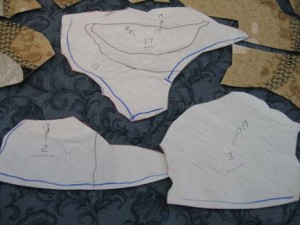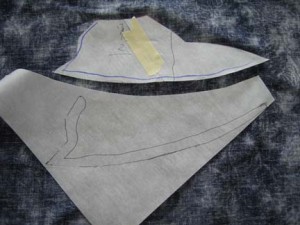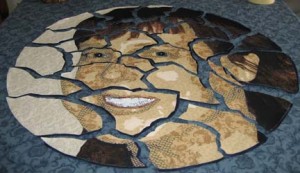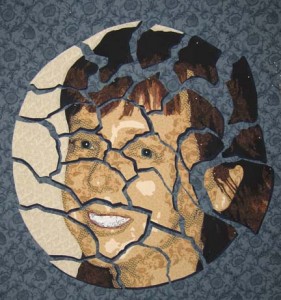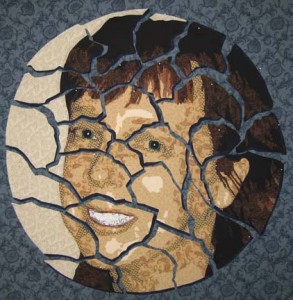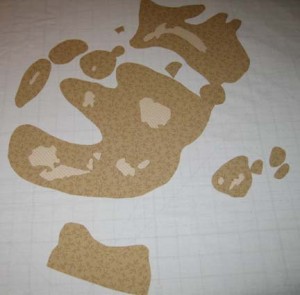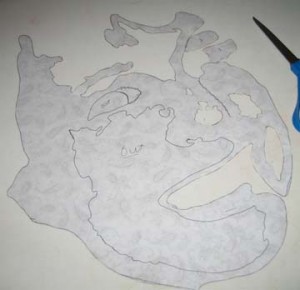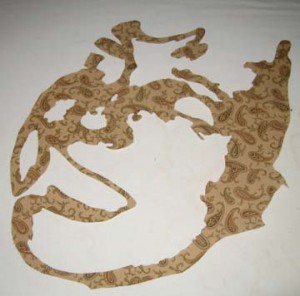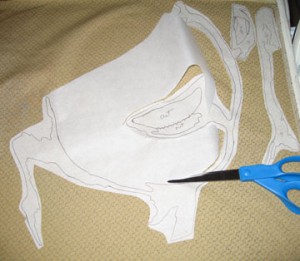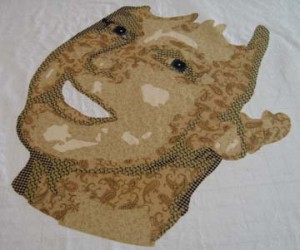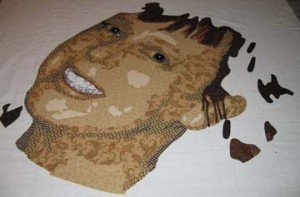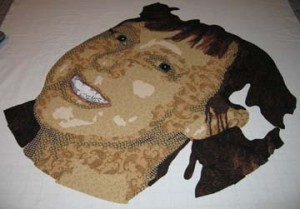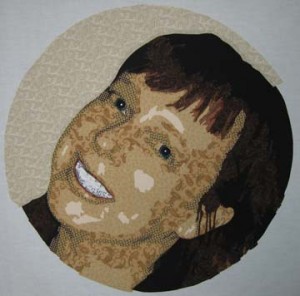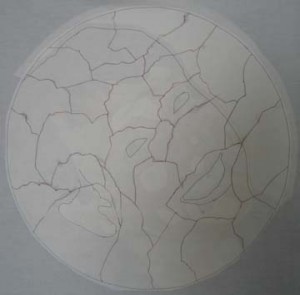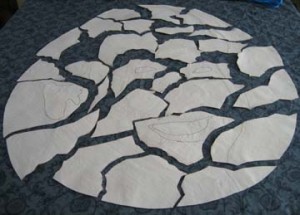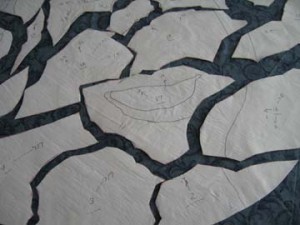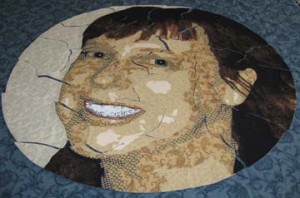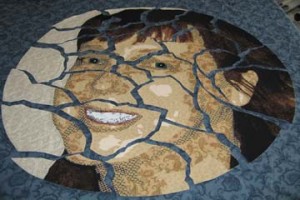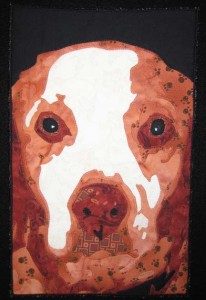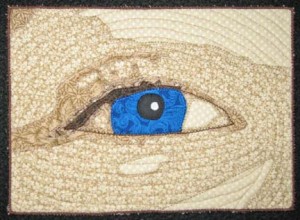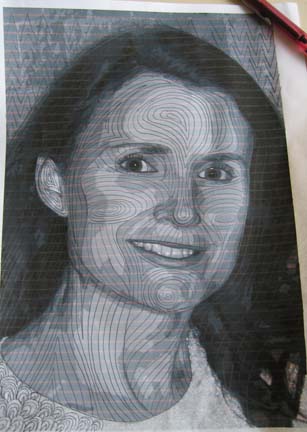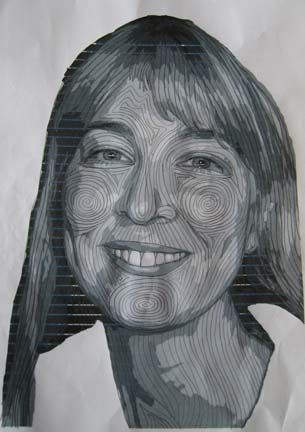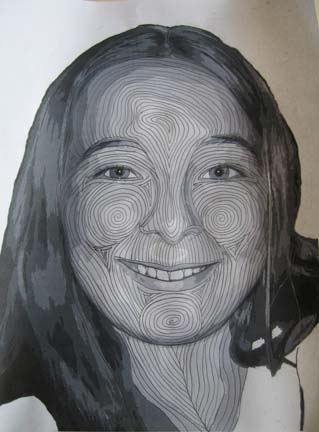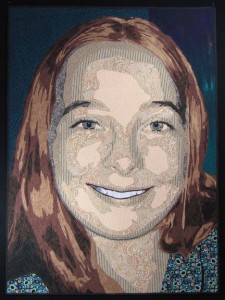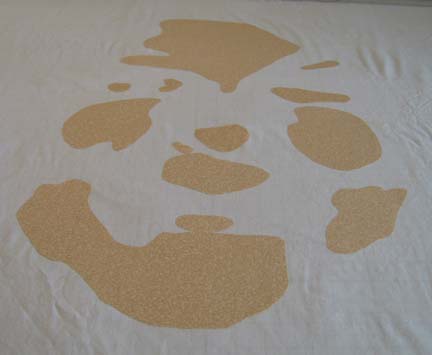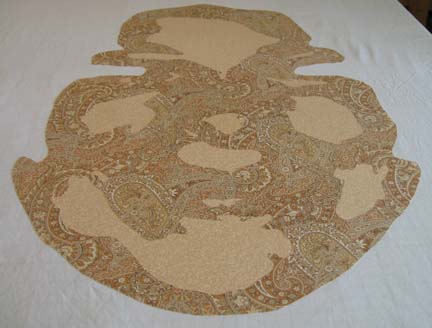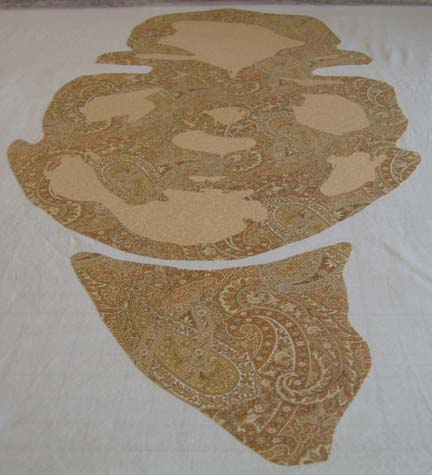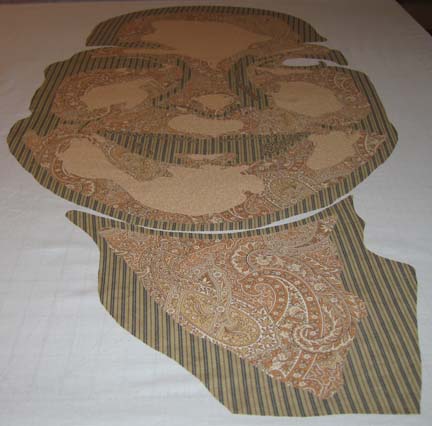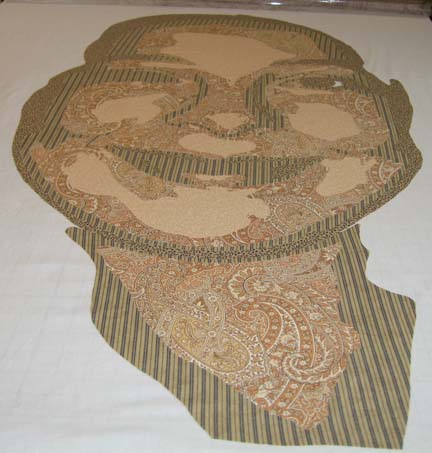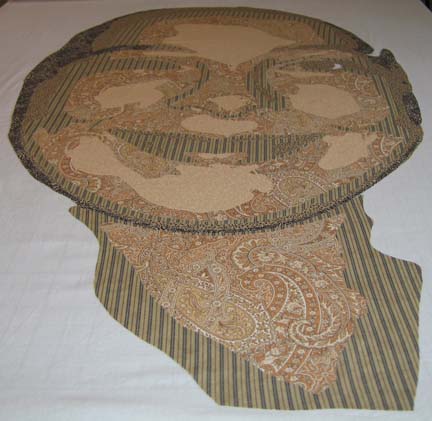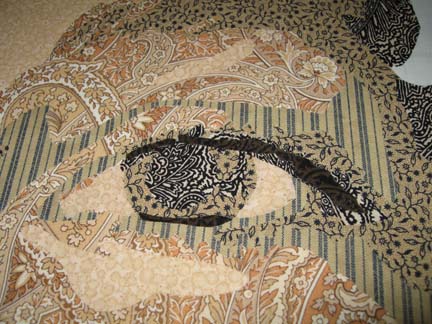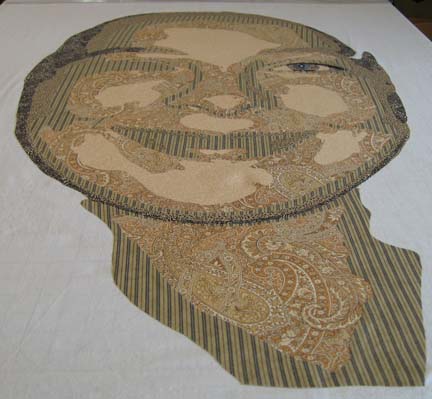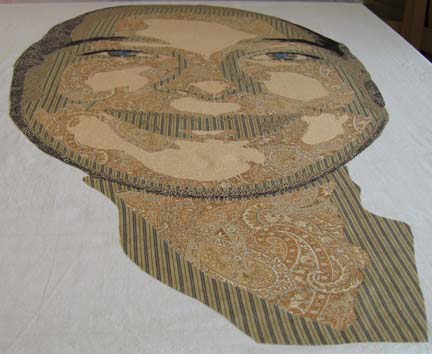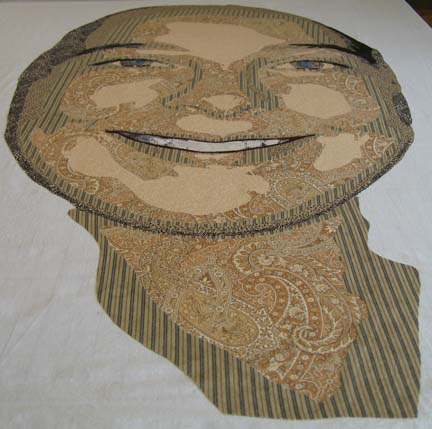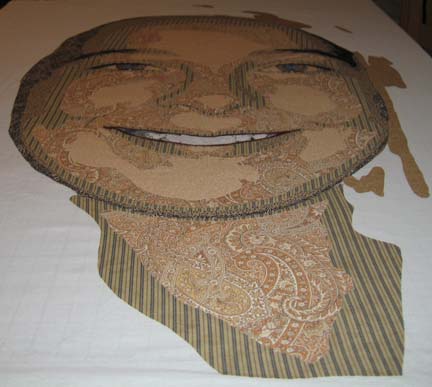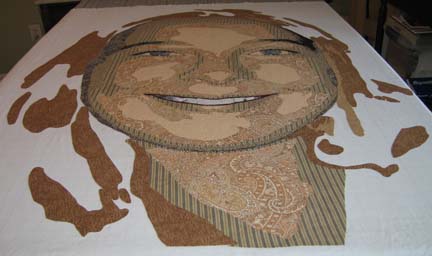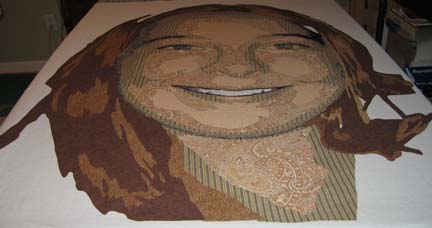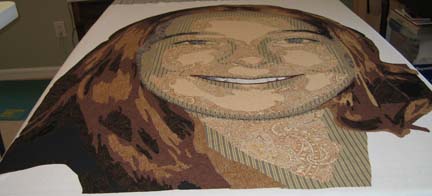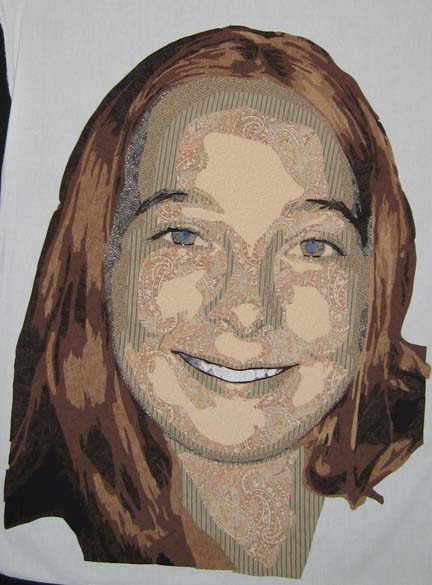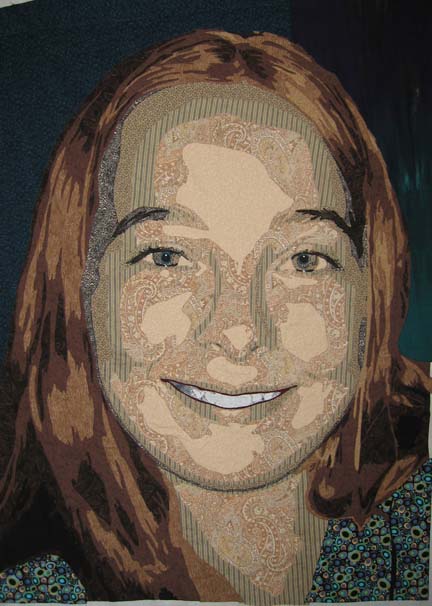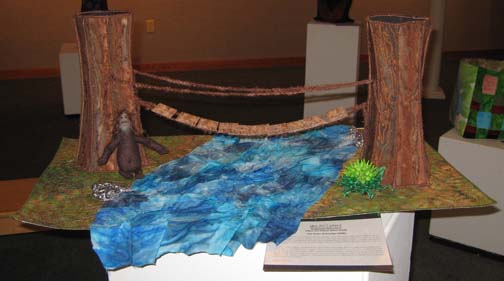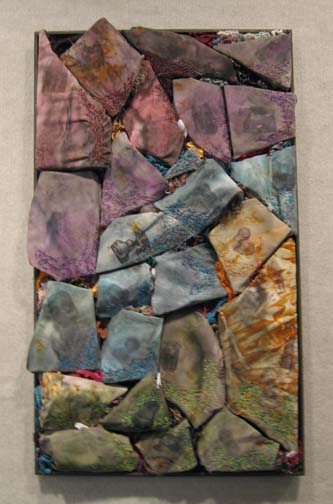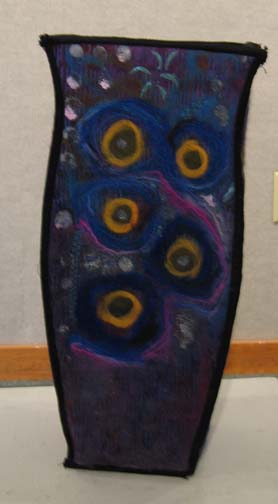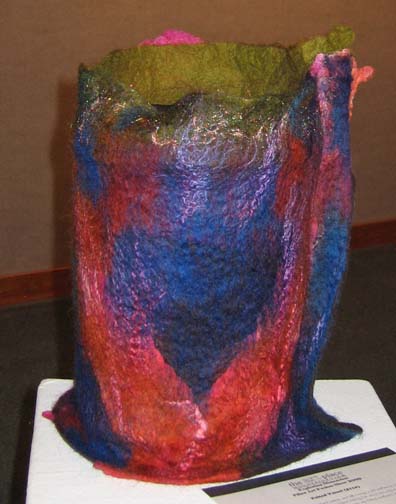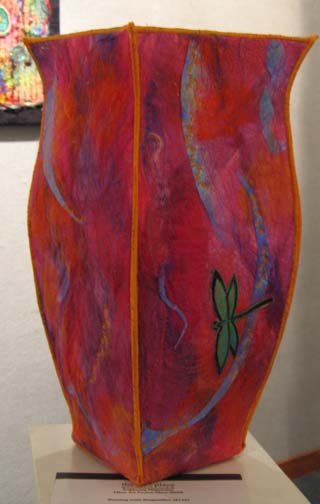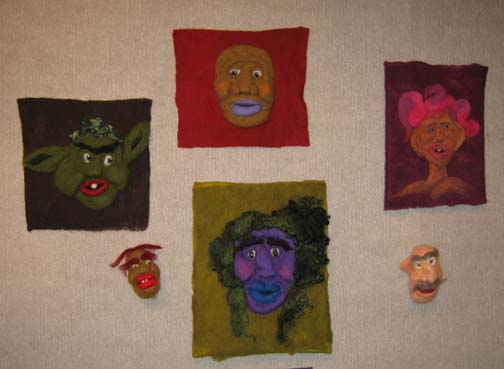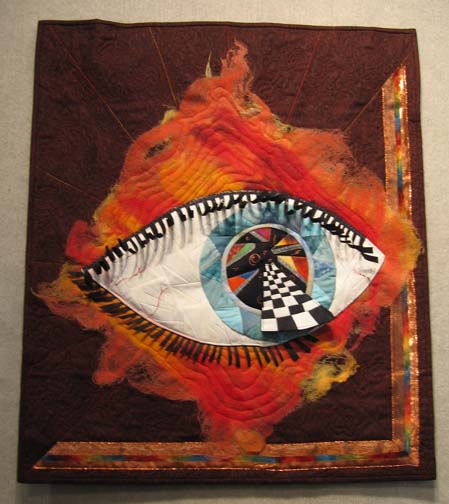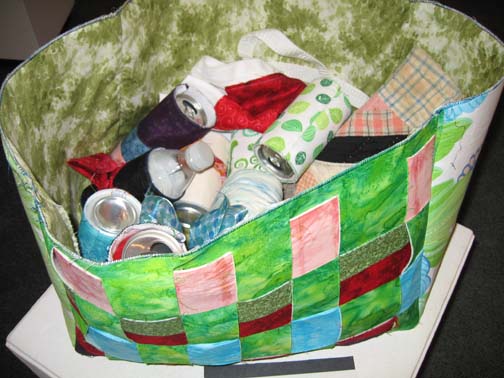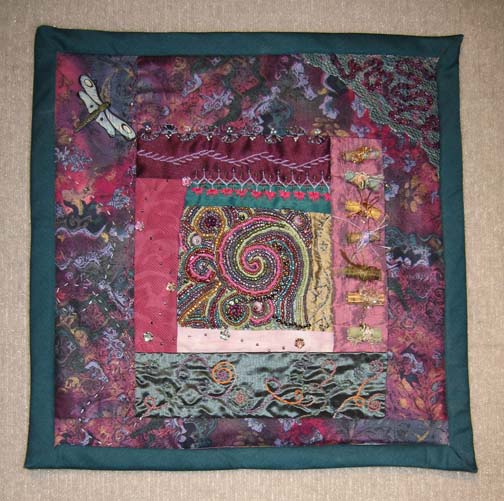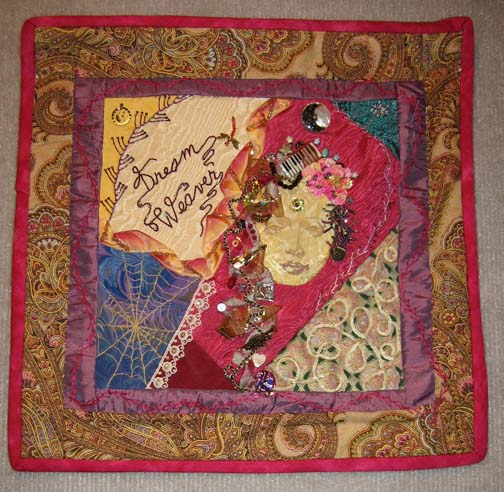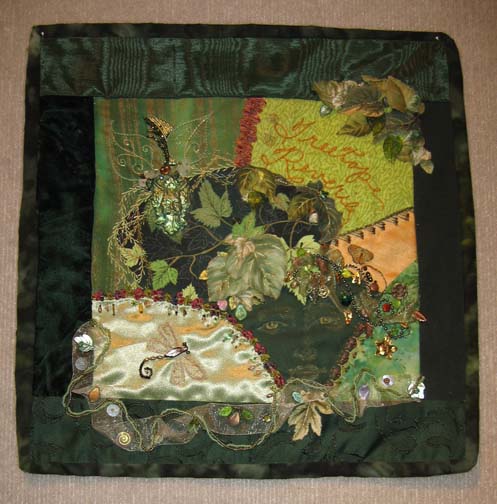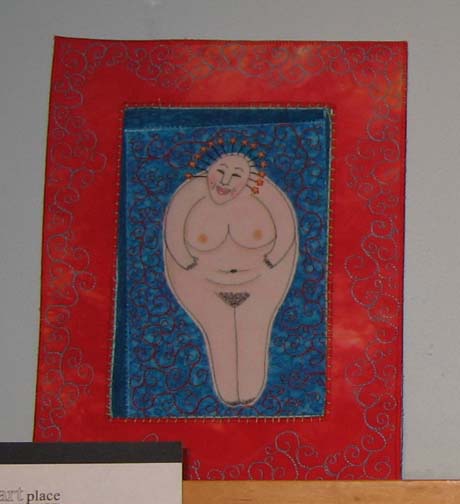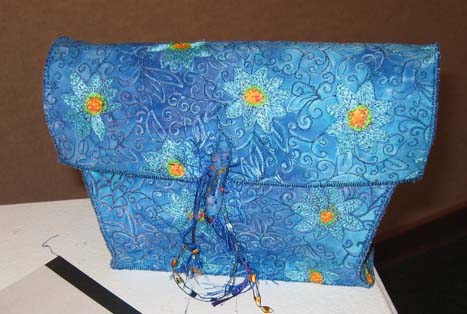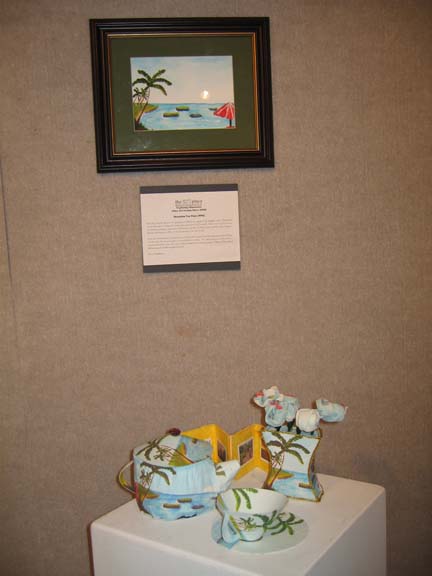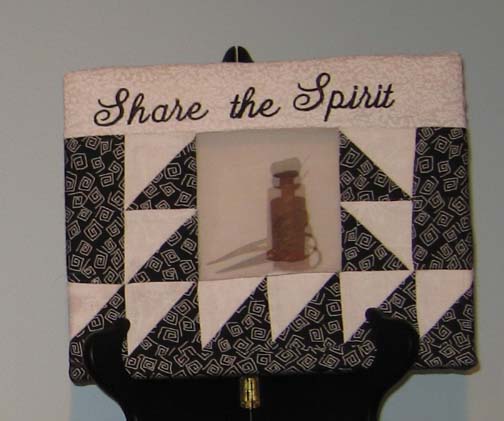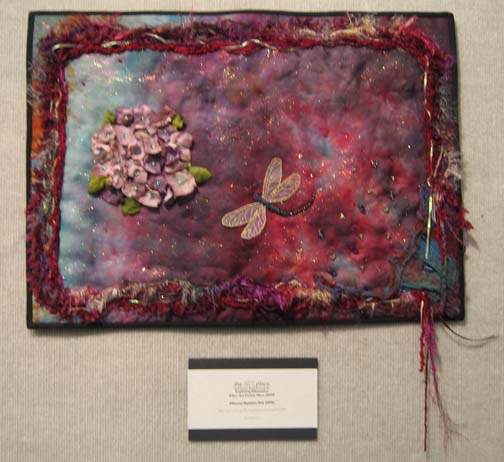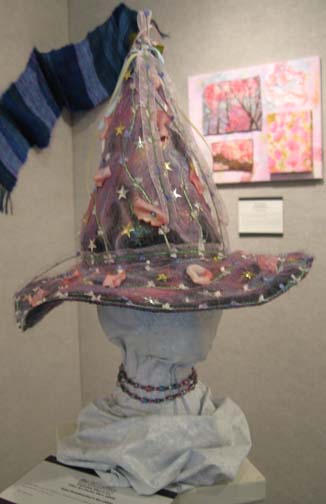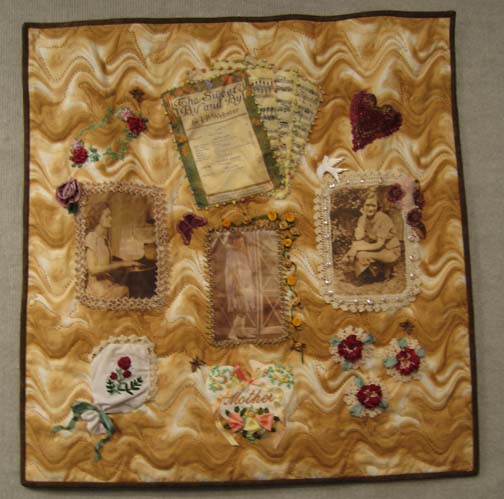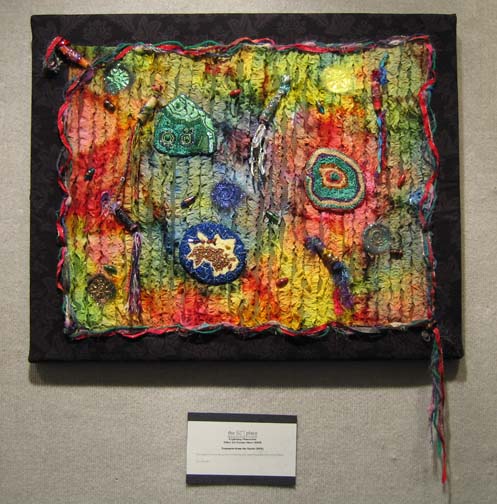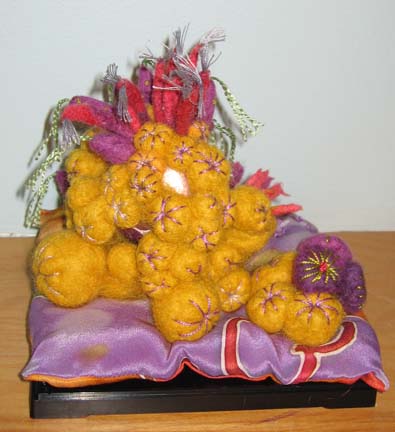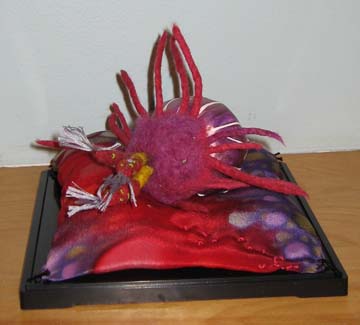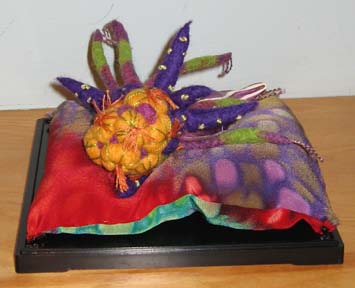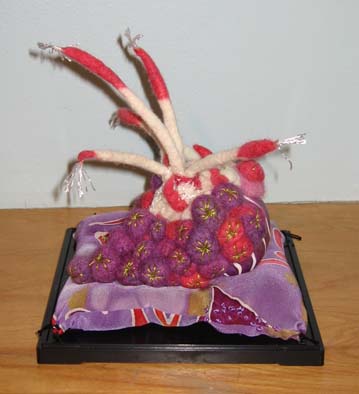One of the great things about being in the Anglican church in Atlanta is that we fall under the diocese of Rwanda. Years ago, when our priest went to Rwanda to talk to our bishop, he asked him if there was anything that he could do in return to help Rwanda in exchange for all of the blessings that they had provided him — and the bishop answered him simply “sell our coffee”.
So Jonathan started Land of a Thousand Hills which owns three coffee houses here in Atlanta & sells coffee directly to many churches in our area. It is a beautiful opportunity to provide the people of Rwanda a living wage while giving others the gift of their wonderful coffee.
Jonathan returns to Rwanda about once a year and as I was sitting in church a couple of weeks ago, he started talking about the friendship between a man and a woman — one Hutu, one Tutsi — who were personally linked through murder during the genocide of the 90’s but who now accept redemption and forgiveness — and work together in the coffee fields.
That is an amazing thing — to ask for & receive — or to give — forgiveness for murdering family members — all through the grace of God.
I had been struggling with my next project — which sounds like a meagre anxiety in comparison to people familiar with machetes — but it became clear to me that it was important that I make a portrait that would capture this beautiful story. Jonathan (and his coordinator Karen) were kind enough to allow me to choose one of the many pictures that he has taken on his trips. After looking through many, there was one of a woman bending over the grates, sorting coffee beans, with a relaxed and happy expression on her face — a light in her eyes.
I am Caucasian and all I’ve done in the past have been Caucasians so I was nervous about working on an African portrait — I knew that the palette would have to be different — but I surprised myself. I walked into the fabric store & came out with a wonderful value range. It was strangely easier — but I do think that my eyes are becoming more trained to see value over color. The more you do it, the more you can see it.
This is what she looks like with the 1st 3 values. You can’t see the outline of her face well with only the 1st 2 so I thought I would skip to the 3rd. I was really surprised at what I chose for the 3rd value. It is a dark brown with taupe circles with green, red, black, & blue in the centers. It doesn’t seem that it would work — but the print is small enough in relation to the overall piece that it does.
This is with the 4th value — you can really see her coming to life.
This is with all of the values — and her eyes. I will admit I had an uh-oh moment — I had 6 values & realized I needed 7 but all ready had 5 fused. The last value is a jet black — so I used a black for the 6th that has a pattern on it. Although the effect is subtle — and you probably can’t see it here — it works OK in the piece. I could have technically eliminated one of them & just used the jet black — there is only one place where they are touching — but what I did works fine.
And the eyes. Most Africans have brown irises — but with the brown skin, I thought it important to use another brown altogether. I think that the more yellow brown helps her eyes pop a little more. Also, in Caucasians, I have used the face colors to make the sclera — or white part of the eye — and it’s always worked. I’ve always preferred that to just white fabric. However, with this piece, I couldn’t re-use the face fabrics for the eye — but it was easy to see that I just had to go pull the fabrics I used in previous pieces & that would work perfectly.
The mouth was another challenge. The teeth were made the same but the color around the mouth was an issue. I realized that I had to choose something that would be darker in value than the skin tone just around it. I tried browns, reds, purples — I had half my stash out of the closet. After thinking about it for a while, I decided I needed a really deep purple — which I did have to run out & get since I didn’t have any on hand. I also shortened the mouth & used the printed black for the corner of her mouth as the purple extending beyond her gumline made no sense.
I’m really pleased with how she is turning out. Next week I will work on adding her hair turban and shirt as well as a background. In the photograph, she has an orange turban & blue shirt — but I may well change it. I’ll take this last in-process picture into Photoshop & decides what looks best on her next to her skin as I have recreated it.
